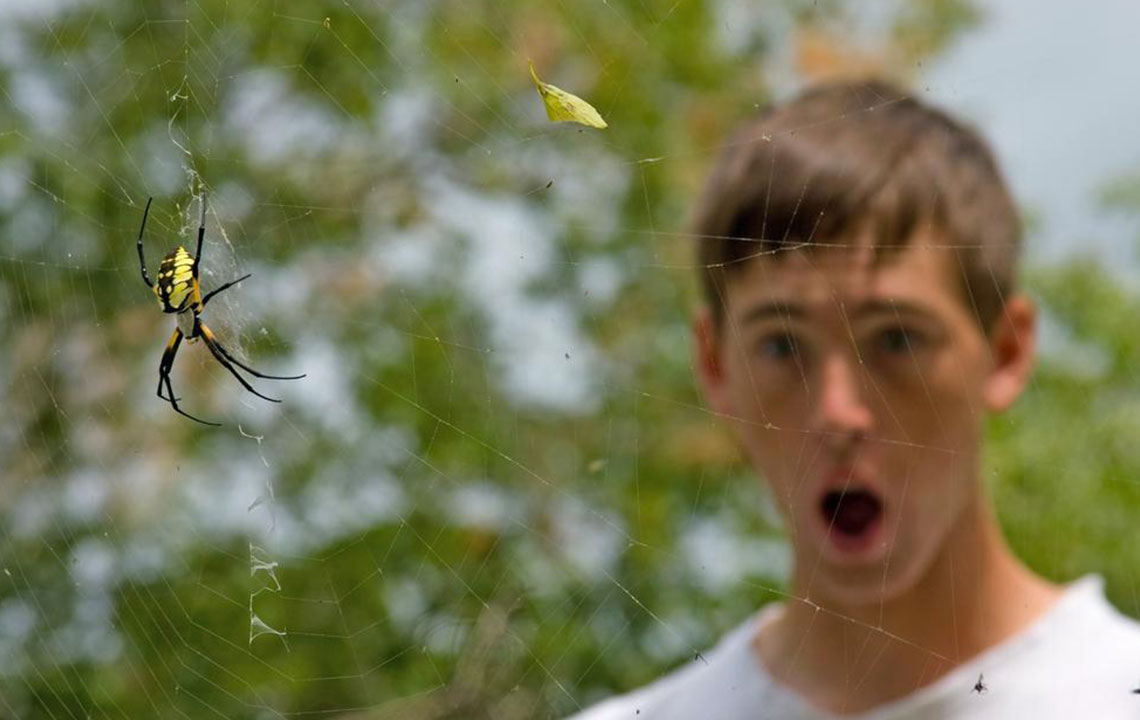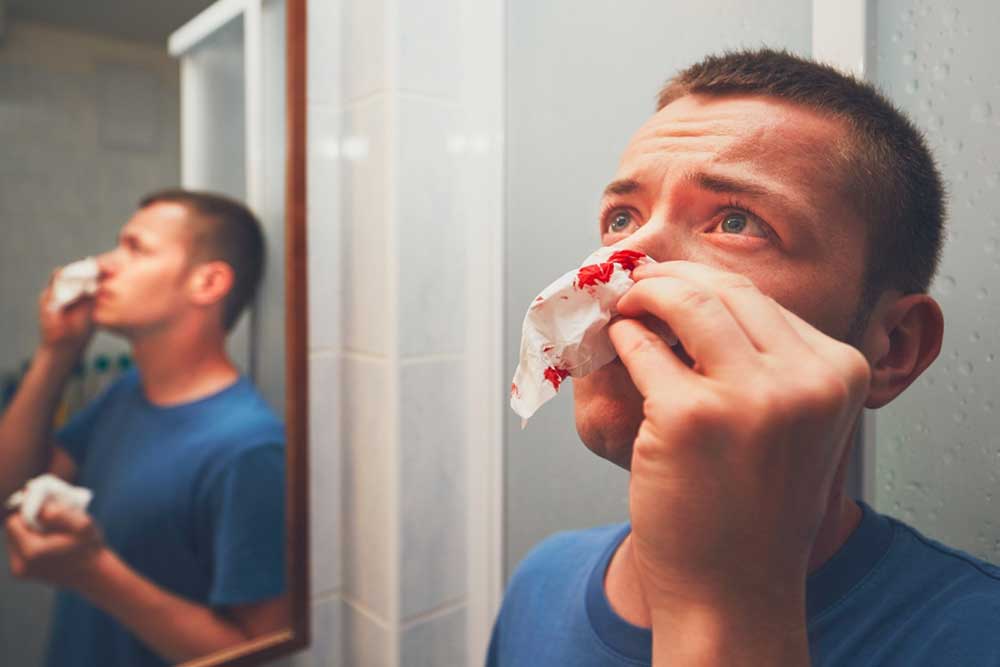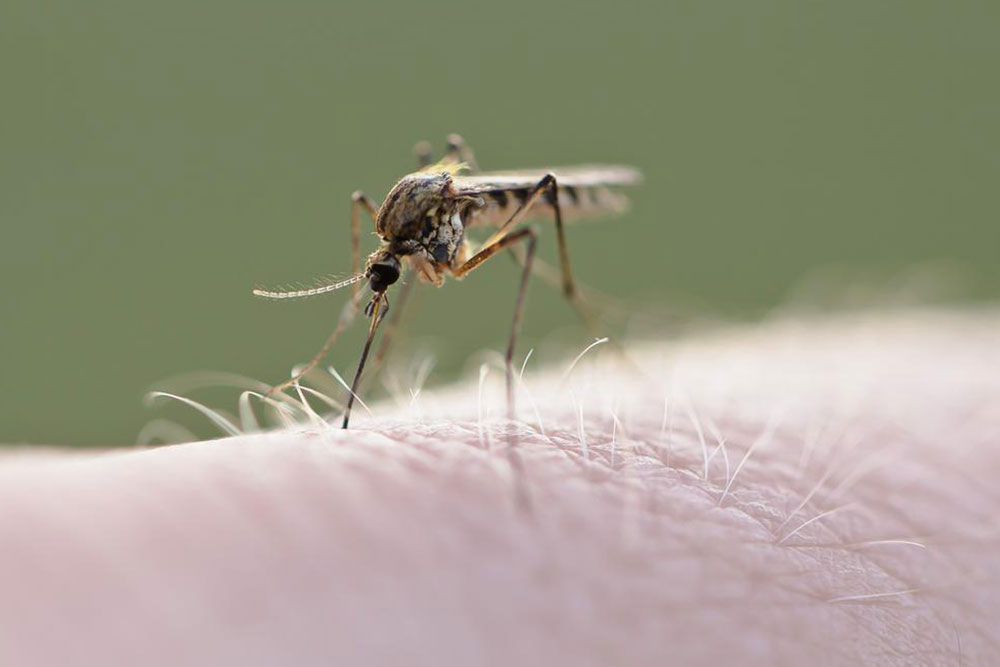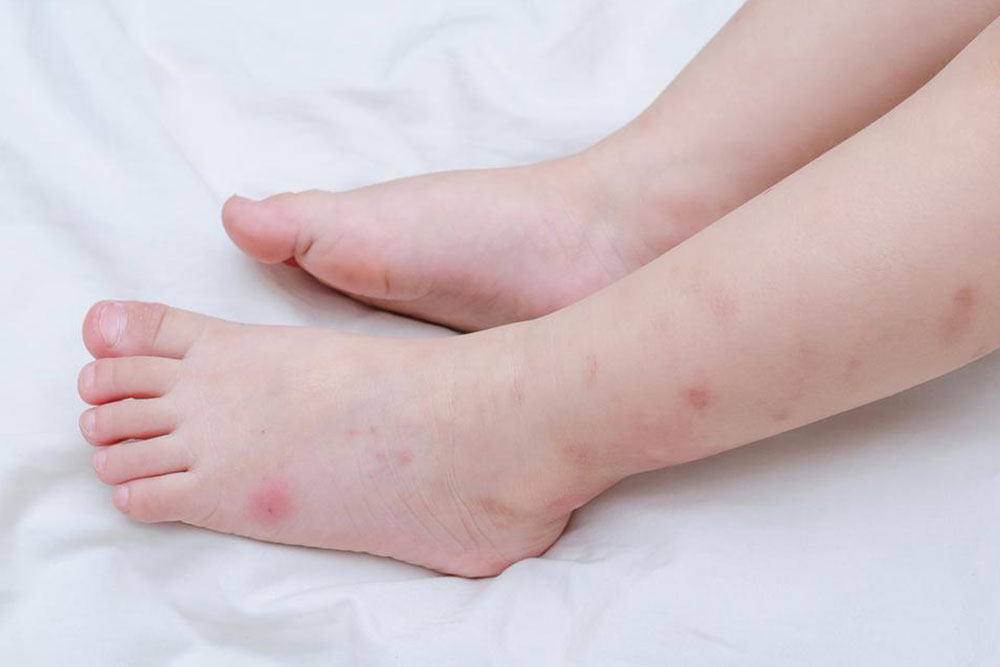How to Recognize Different Types of Spider Bites
Learn how to identify different spider bites and recognize dangerous species like black widows and brown recluses. Early detection and proper treatment are vital for health and safety. This guide explains symptoms, identification tips, and essential first aid steps for spider bites to help you act quickly and stay safe from potential risks.
Sponsored
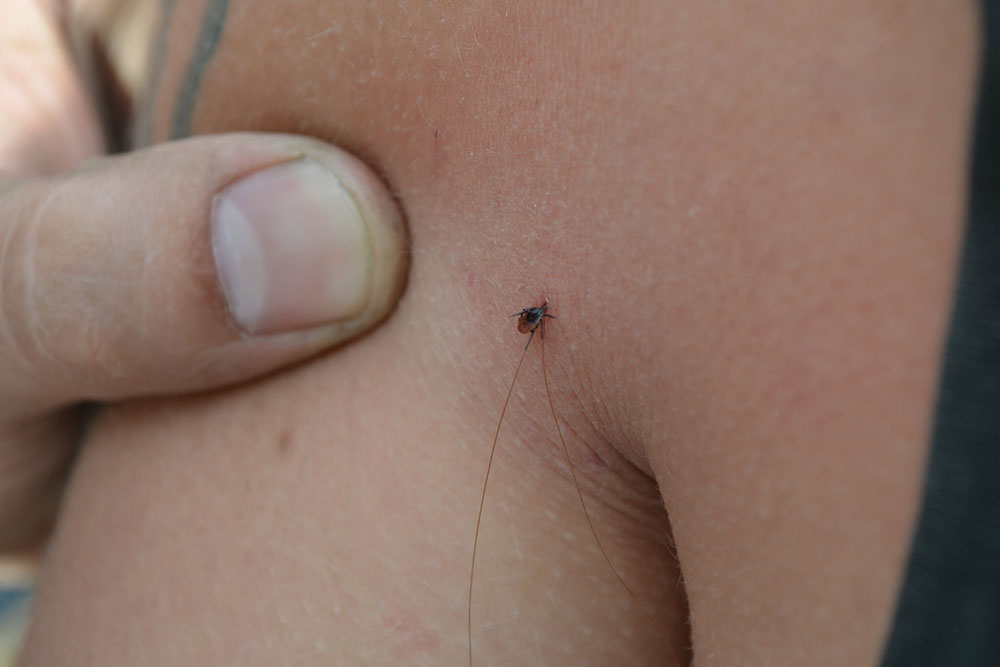
While spider bites are often seen as harmless, they can sometimes cause significant pain and health risks. Prompt identification is essential, as different spider species can cause varying levels of danger. Globally, thousands of spider species exist, with only a few capable of causing serious health issues to humans. Most spiders are venomous but usually only produce small quantities of venom intended for small prey, not humans.
Many spider bites result in minor punctures that create small red wounds, typically healing in about a week. However, bites from venomous spiders that inject their toxin can lead to severe symptoms and pose serious health threats.
Most spider bites leave a tiny fang mark and are not deep enough to breach human skin. These usually cause a small red bump that heals quickly. However, bites from venomous spiders can result in intense health symptoms, requiring immediate medical attention. Key signs include redness, itching, swelling, pain, muscle cramps, sweating, breathing issues, nausea, fever, and elevated blood pressure.
Two dangerous species often associated with severe bites are the black widow and the brown recluse. Recognizing these spiders and their bites is crucial for safety.
Black Widows: Recognizable by their glossy black body and distinctive red hourglass marking on the abdomen, black widows are about half an inch long. They prefer secluded areas like garages, closets, and woodpiles. Early bite symptoms resemble a typical insect bite—redness and swelling—but within hours, pain intensifies and may spread across the back, abdomen, and chest. Additional symptoms include excessive sweating, breathing difficulty, rapid heartbeat, and vomiting.
Brown Recluse: Featuring six eyes arranged in pairs, the brown recluse is easily identified and often found in basements or attics. They bite only in self-defense. Initial stings may feel like a small prick, but pain increases over the next several hours. A white blister with a surrounding red ring, fever, rash, and stomach discomfort are common symptoms.
Other species that can cause mild harm include:
Hobo Spiders: Once thought dangerous, hobo spiders now are considered less harmful. They tend to bite only when provoked, causing numbness initially, and sometimes fluid-filled blisters after 24 hours.
Tarantulas: Known for their large, hairy appearance, tarantulas are more intimidating than dangerous. Their bites resemble a bee sting and are relatively harmless, making identification straightforward.
If bitten, thoroughly clean the affected area, apply an antibiotic ointment, and use ice or a cold, damp cloth to reduce swelling. Taking pain relievers like ibuprofen can help with discomfort. Seek medical attention if symptoms worsen or include severe reactions. Avoid scratching the bite and refrain from strenuous activity to promote healing.

